
HISTORY
From the small spice shop in 1720 to the largest paint factory in the world today, discover the amazing history of Lefranc Bourgeois paints, appreciated for more than three centuries by the greatest artists!
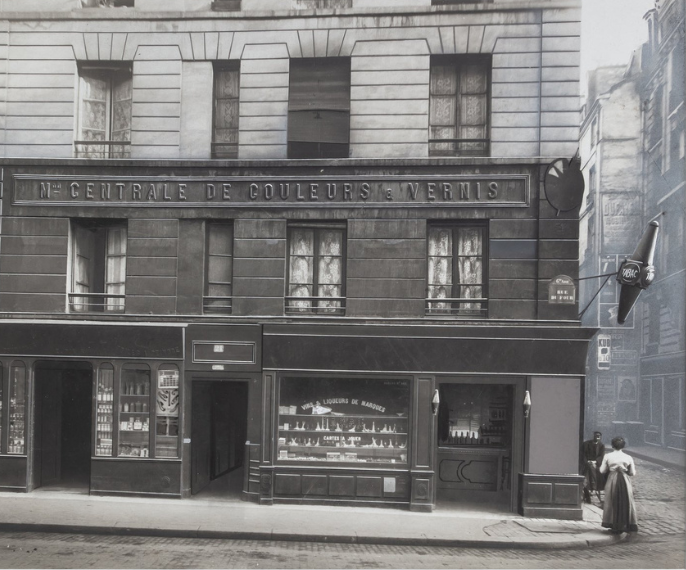
THE FOUNDING HOUSE OF FINE ARTS SINCE 1720
The story of Lefranc Bourgeois, the founding brand of Beaux-Arts since 1720, begins in Paris, near the banks of the Seine. Charles Laclef, an ancestor of the Lefranc family and an apothecary by trade, met the painter Jean-Siméon Chardin, one of the greatest French and European painters of the 18th century, and began to produce colours.
THE TRADITIONAL GRINDING OF PIGMENTS
The painter's studio is located above the shop, on the top floor. The flat with the glass roof was too small to allow the painter to grind the colours, so he naturally turned to the shop downstairs to prepare them. Very quickly, the two men appreciated each other and a complicity developed. The painter entrusted Charles Laclef with the grinding of his pigments and quickly introduced him to the production of colours. On the shelves of his small Parisian shop, pigments, like food for the soul, rub shoulders with spices.
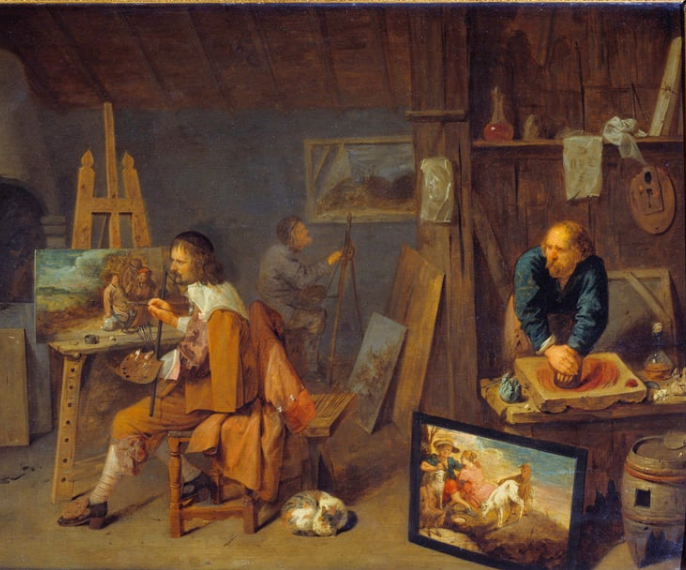
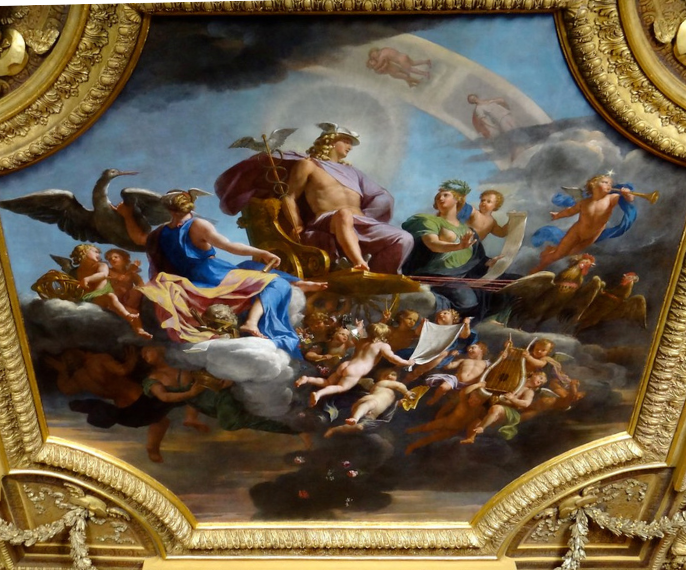
OFFICIAL SUPPLIER TO VERSAILLES
Between passion and heritage, this apprenticeship was a real success for him, since in 1753, the passionate chemist Charles Laclef became the official supplier of paintings to the Château de Versailles. In 1722, Louis XV reinstalled the government of the château, fitted out the Petit Trianon and enriched the gardens. Thanks to its reputation and know-how, the House of Lefranc thus became part of history by participating in the historical ornaments that would make Versailles world famous.
THE ARTIST AT THE HEART OF THE RELATIONSHIP
A unique link between artists and Lefranc Bourgeois contributes to an infinite artistic effervescence.
Since 1720, Lefranc Bourgeois has been committed to working alongside artists with authenticity, passion and high standards, and has innovated to make their creativity shine, as shown in this portrait of Alexandre Lefranc, a descendant of Charles Laclef and director of the company, drawn in black pencil on paper in 1849 by Jean-François Millet.
From Chardin, to Millet, via Monet, Cézanne, then Matisse, Dufy, Dubuffet, Braque and Vasarely, Niki de Saint Phalle, JonOne or Olivier Masmonteil, Maison Lefranc Bourgeois, with its solid academic roots, has been able to take its place in the modern world, keen to explore new possibilities in terms of colours, textures and technologies, and to integrate educational, environmental and societal issues.
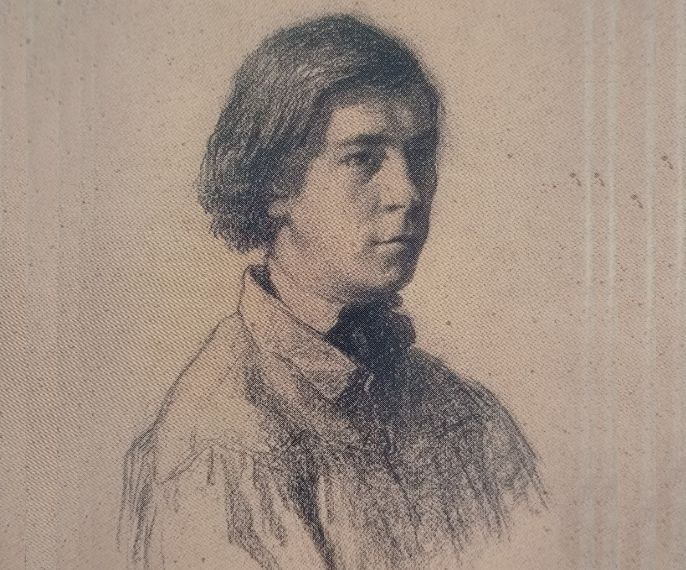
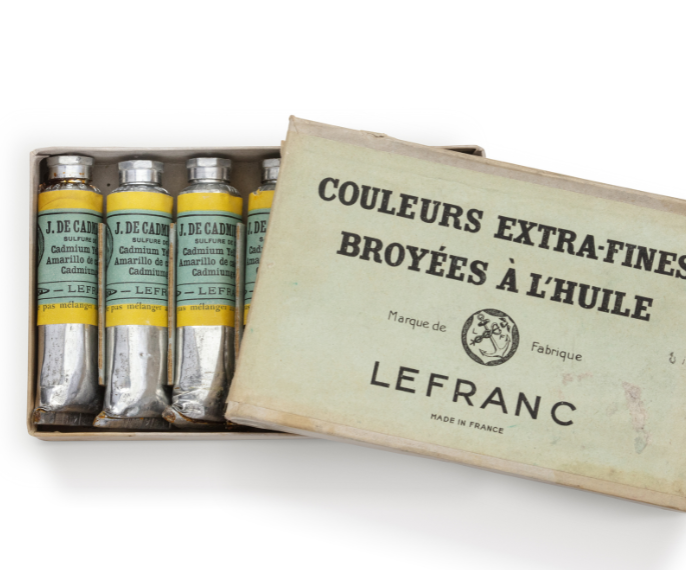
A MAJOR INNOVATION
The major pictorial movement of the 19th century, Impressionism, was about to emerge when Alexandre Lefranc developed the first tube with a screw cap. Until then, painters kept their paints in... pig bladders! Once pierced, the paint they contained could only be kept for a short time. Moreover, they were not practical to transport. Thanks to the innovation of this cap, artists were able to take their materials out of their studios and paint outdoors. An innovation that allowed the Impressionist movement to flourish!
THE HISTORY OF COLOURS LEFRANC BOURGEOIS
There is much more behind a colour than just a pigment. There are stories. The one that painted the ceiling of the Château de Versailles, a tube that allowed it to take on air, a mixture that created movement, or the one that created the largest painting in the world... By their stories, all Lefranc Bourgeois colours are singular and fascinating!
The sublime colours that Lefranc Bourgeois has been producing for more than 300 years were initially of natural origin, i.e. taken from a natural material such as lead, ochre, carmine or sulphur. The pigments were then extracted, ground and sold in powder form. The professions of apothecary and pigment preparer were quite distinct. As early as 1720, Charles Laclef began producing colours through his association with the painter Jean-Siméon Chardin. From this starting point, a true epic of colour began, Lefranc Bourgeois having always been a forerunner in the research and development of colours with unequalled pigment richness, its greatest strength still today.
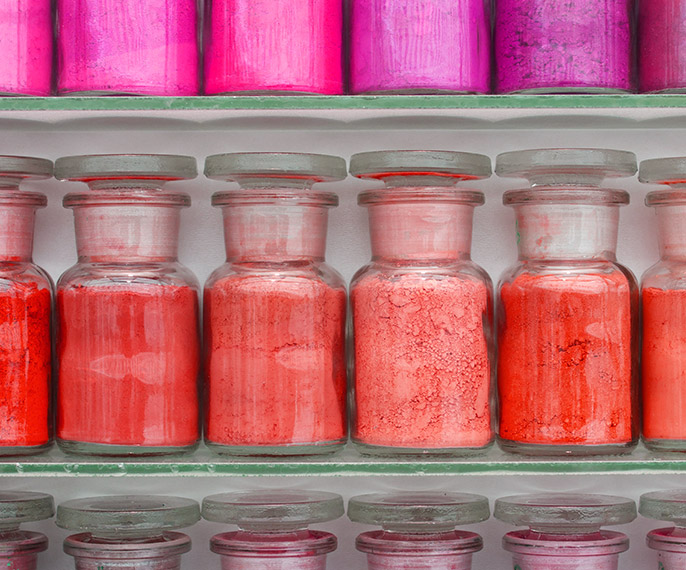
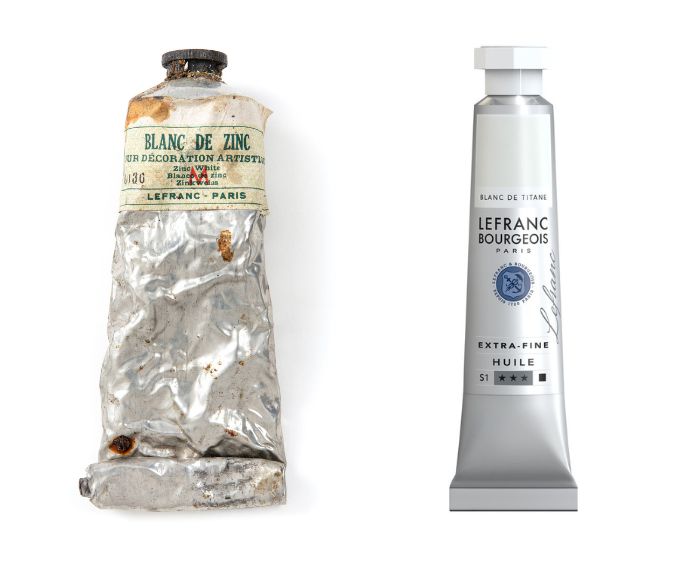
TITANIUM WHITE
The main characteristic of pigments of natural origin is that most of them tend to be toxic. Thus, the colour producers of the 18th century had some dangerous products on hand, which had to be tamed. As time went on, non-hazardous alternatives were found to offer colours suitable for intensive use without health risks.
As early as the 18th century, colours were created using synthetic pigments such as zinc white and silver white, which were dethroned in 1922 by titanium white, which is non-dangerous and provides better coverage.
LE JAUNE DE NAPLES
Known to the Egyptians, this bright yellow opaque pigment found its name in 16th century Italy. This absolute colour was developed using mineral pigments from the slopes of Vesuvius. In a letter written to Alexandre Lefranc in 1874, the artist-painter Jean-François MILLET expresses how much he appreciates the qualities of Lefranc's Naples Yellow. According to him, it is the yellow with the best clarity and the greatest possibility of lightening! He wrote: "I have finally found my beautiful Naples yellow, which has nothing in common with all the other Naples yellows I have been using for some time.
Aujourd’hui, Lefranc Bourgeois propose aux artistes le jaune sans cadmium.
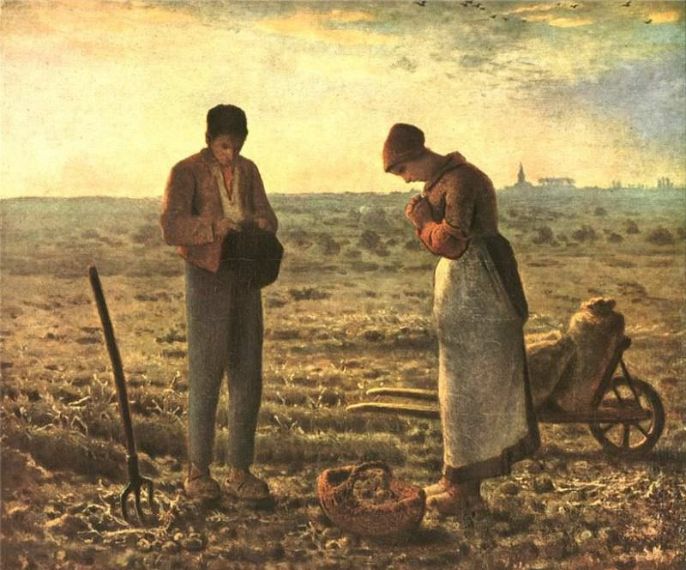
At the end of the 19th century, Lefranc exported its colours throughout Europe! From the Naples yellow so appreciated by Millet, to sapphire blue, from cadmium red to the cobalt blue so dear to Picasso, or even the fixed violet, adored by Matisse... the collection is getting richer and richer.
